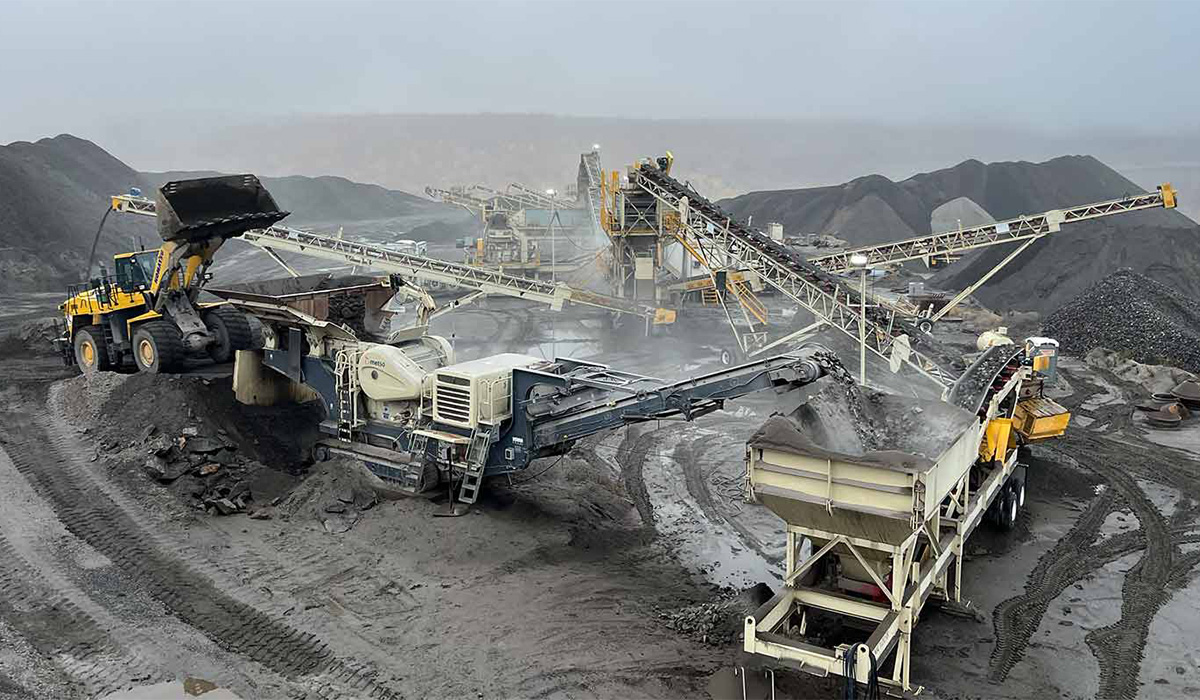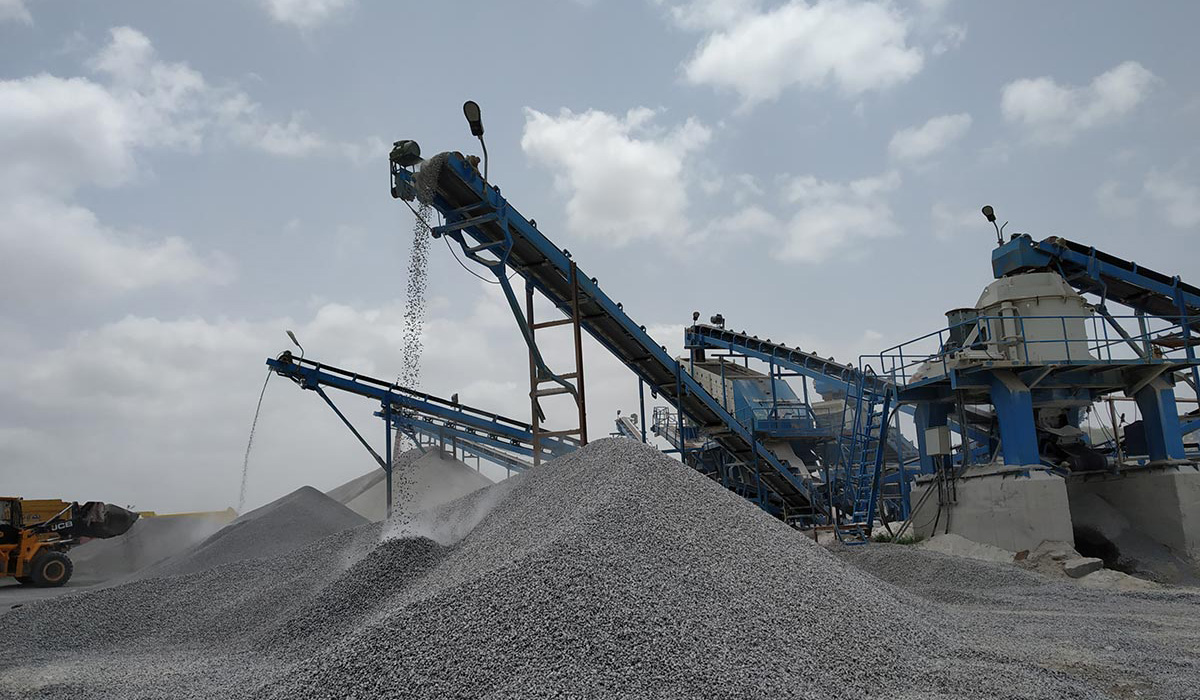
As the world moves toward Industry 4.0, the role of automation in industrial machinery has gained considerable attention. Crushers, which have long been crucial to industries like mining, construction, and recycling, are no exception to this trend. Artificial Intelligence (AI) and Machine Learning (ML) technologies are now being integrated into crushers to enhance their efficiency, improve decision-making, and reduce human intervention. In this article, we’ll discuss how AI and ML are transforming crusher operations and what businesses can expect in the near future.
AI and Machine Learning refer to the ability of machines to learn from data and adapt their behavior without explicit programming. In the context of crushers, these technologies are used to analyze operational data in real-time and adjust parameters to optimize performance.
AI-Powered Predictive Maintenance: Machine Learning algorithms can analyze historical data on equipment usage, wear patterns, and performance to predict when maintenance will be needed. This helps companies avoid unplanned downtime, reducing maintenance costs and improving equipment reliability.
Real-Time Operational Adjustments: AI can adjust operational parameters such as crusher speed, feed rate, and pressure in real-time based on material properties and other factors. This ensures optimal crushing conditions, improving throughput and reducing energy consumption.
Automated Fault Detection: AI algorithms can monitor equipment performance and detect faults early, allowing for quicker interventions and reducing the risk of major breakdowns.

AI integration in crushers is more than just a passing trend. It’s reshaping the way crushers operate and providing a glimpse into the future of industrial machinery.
Improved Efficiency: By constantly adjusting operational parameters, AI-driven crushers achieve higher throughput and more uniform product sizes. This enhances the overall efficiency of the crushing process.
Cost Reduction: Predictive maintenance powered by AI helps companies save on repair costs by performing maintenance before equipment failures occur. Additionally, real-time adjustments optimize energy consumption, reducing operational costs.
Safety Improvements: Automated systems reduce the need for human intervention in hazardous environments. AI systems can identify dangerous conditions and initiate automatic shutdowns or safety protocols, reducing the risk of accidents.
Data-Driven Insights: AI also allows crushers to generate valuable data insights, enabling operators to make informed decisions about equipment performance, material handling, and process optimization.
While the integration of AI in crushers offers numerous benefits, it also presents certain challenges:
High Initial Investment: Implementing AI and ML systems can be costly, especially for smaller companies. However, the long-term savings from predictive maintenance and efficiency improvements often offset the initial investment.
Data Quality: AI systems rely on high-quality data for accurate predictions. Poor data quality or incomplete datasets can lead to inaccurate insights, potentially compromising equipment performance.
Training and Expertise: The successful implementation of AI requires specialized knowledge. Operators and maintenance staff must be trained to understand how AI systems work and how to interpret the data generated.

The integration of AI and Machine Learning into crusher operations is not a matter of if, but when. As the technology continues to evolve, crushers will become smarter, more efficient, and more reliable. While there are challenges to overcome, the benefits of AI-driven crushers—such as predictive maintenance, improved safety, and increased efficiency—are undeniable. Businesses in the crushing industry must start planning for the future and embracing these innovations to stay competitive in an increasingly automated world.